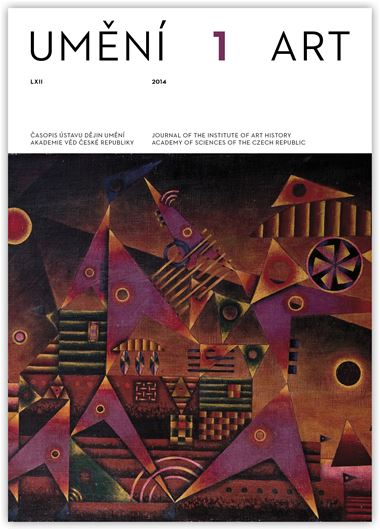Marek Walczak
Power and History: The Past as a Means of Legitimating a Ruler’s Authority in the Court Art of Fourteenth-Century Poland
The small church of Sts Felix and Adauctus was in the times of king Casimir the Great (1333–1370) intentionally preserved and incorporated into the new Gothic structure as a memorial of the past during the extensive reconstruction works, carried out in the Cracow castle. A reason for this may have been the conviction that the rotunda had pre-Christian origins. In the works forming the canon of Polish medieval historiography, the study of the Kingdom’s pre-Christian history is of immense importance. In Poland, just like in other countries, efforts were made to identify the irretrievably passing events with certain artefacts that, thanks to their natural properties, would remain undamaged for a long time. The Szczerbiec (‘notched sword’) was undoubtedly such an artefact, dating from mid-thirteenth century, but traditionally associated with the first crowned ruler of Poland, Boleslaus the Brave (967–1025). A legendary account was formulated and used for the first time on the occasion of the coronation of Ladislaus the Ell-High (1320). The stone tomb-chest of Boleslaus the Brave erected in the nave of Poznań Cathedral was a lasting expression of remembrance about the progenitor of the Piast dynasty. Casimir developed a wider cult of ancestry as a means of strengthening his own power by linking it with past Polish Kings. Of exceptional significance was the church at Wiślica, to which Casimir ‘speciali afficiebatur devotione’. His late Romanesque west-work had been preserved by Casimir’s builders and fully integrated into the west façade of the new Gothic church. A separate place was assigned to St Stanislaus whose cult was used for ideological justification of the rights of the Piasts to the Cracow throne and for emphasising the continuity of the monarchy. The construction of the new cathedral church in Cracow (ca. 1320–1364) was a confirmation of the fact that places connected with the cult of the Kingdom’s patron saint were held in high respect. During the construction of this church, two Romanesque towers flanking the façade, and more importantly, the three-aisled crypt under the former west choir had been left untouched. Such extensive parts of the Romanesque cathedral had been retained to be a manifestation of reverence for the past.
Full-text in the Digital Library of the Czech Academy of Sciences:
https://kramerius.lib.cas.cz/uuid/uuid:eab9d524-a92b-42ea-9b9e-12672e6ba331
< back

